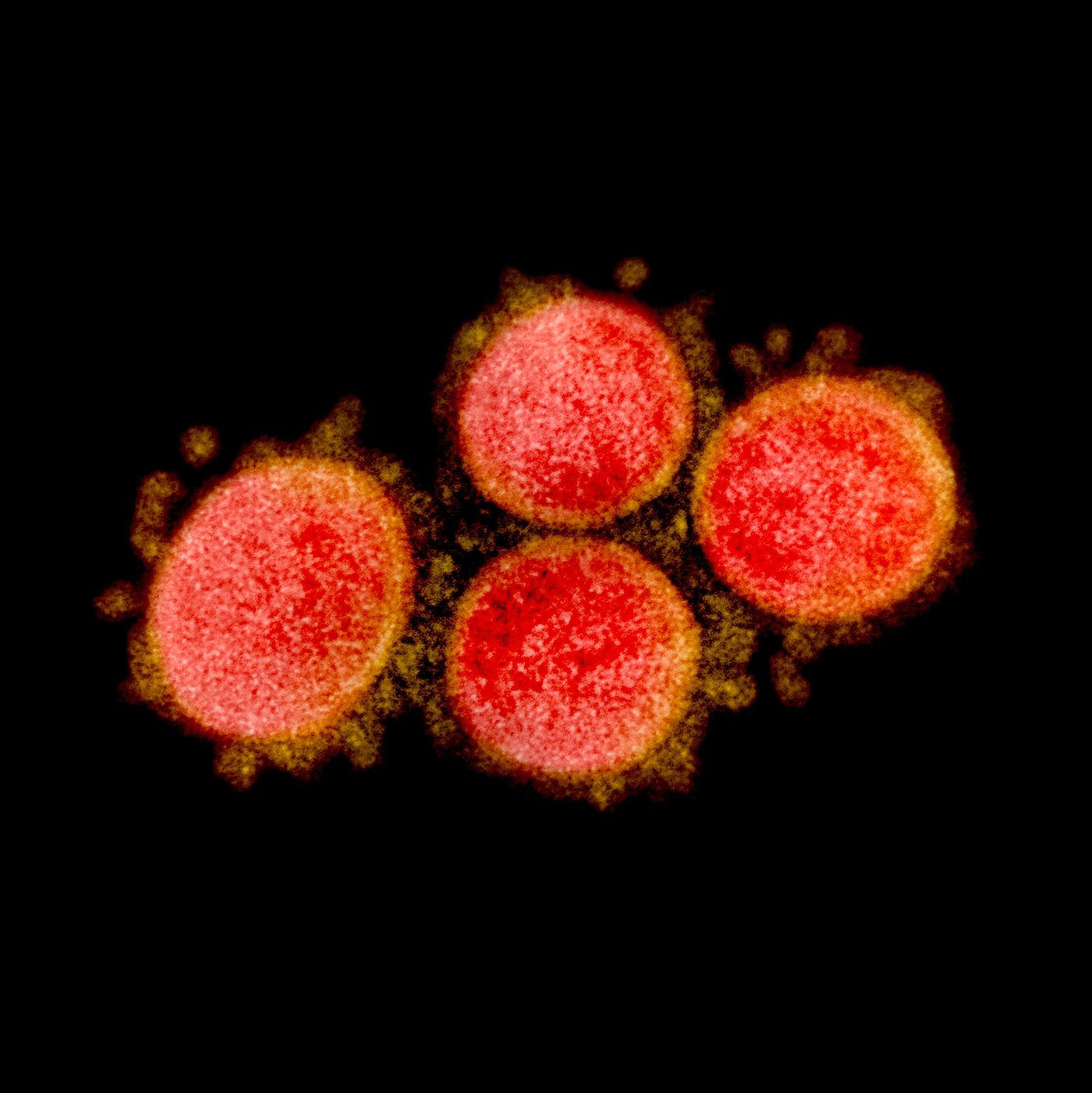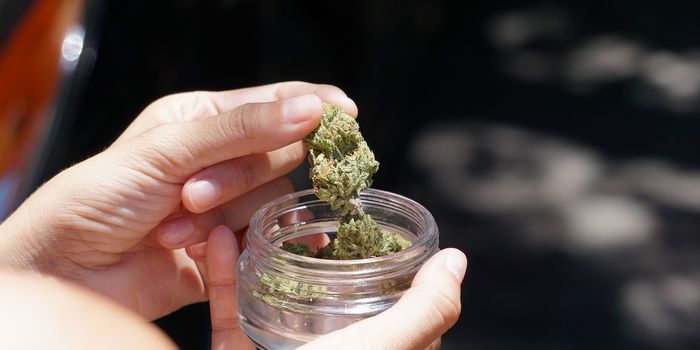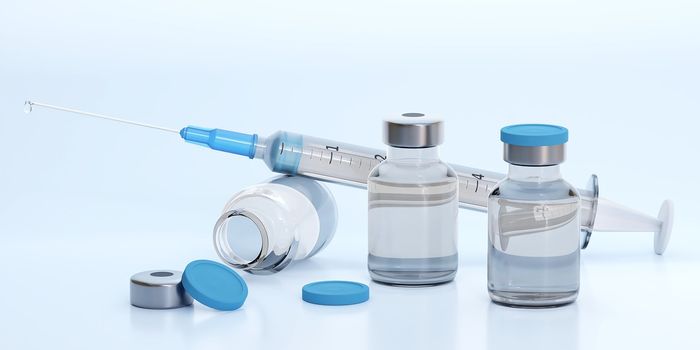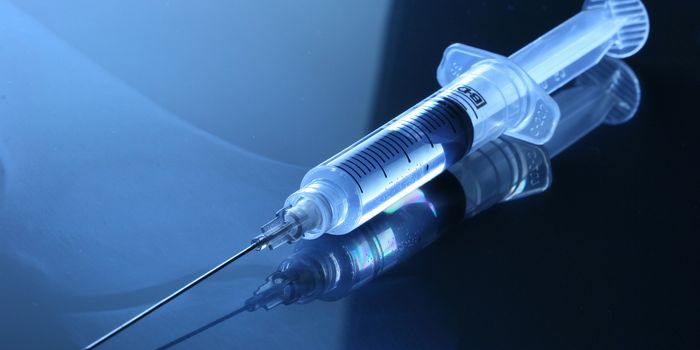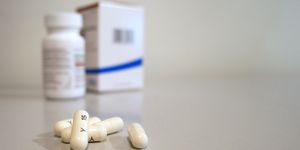SARS-CoV-2 Can Infect Fat Cells, Promoting Infection & Inflammation
SARS-CoV-2, the virus that causes COVID-19, is generally known to infect cells in the nose and respiratory tract by latching on to a receptor called ACE2. After binding to ACE2, the virus can enter cells. Since the start of the pandemic, researchers have shown that once the virus is in the body, it can impact many different organ systems. Now scientists have found that SARS-CoV-2 can infect fat cells. This work assessed fat tissue from patients who were undergoing cardiac or bariatric surgery that was then exposed to the virus in the lab, as well as samples from deceased COVID-19 patients. The findings have been reported in Science Translational Medicine.
Obesity is known to increase the likelihood of a SARS-CoV-2 infection, and it is also a risk factor for a severe case of COVID-19. While impaired breathing and disrupted immunity are thought to be related to these observations, this research has suggested that SARS-CoV-2 infects fat cells, or adipose tissue, directly. That infection leads to inflammation that can spread to other, uninfected cells that are nearby, suggested the researchers.
"Fat tissue's susceptibility to SARS-CoV-2 infection may be playing a role in making obesity a COVID-19 risk factor," said co-senior study author Catherine Blish, MD, Ph.D., a professor at Stanford University School of Medicine. "Infected fat tissue pumps out precisely the inflammatory chemicals you see in the blood of severe COVID patients. It's reasonable to infer that having a lot of infected fat could contribute to the overall inflammatory profile of severely ill COVID-19 patients."
In this study, adipose tissue samples from 22 patients who underwent surgery were exposed to SARS-CoV-2. The investigators determined that the virus was able to infect fat cells and replicate inside of them, then move onto other cells to cause infection.
Adipose tissue contains immune cells called macrophages. One type of macrophage in fat tissue was found to become briefly infected by SARS-CoV-2 as well. While viral particles that infected these macrophages did not go on to create more virus and infect other cells, the infected macrophages were altered significantly.
"Once infected, these macrophages not only become inflamed themselves but also secrete substances that call in more inflammatory immune cells, in addition to inducing inflammation in uninfected neighboring bystander cells," explained Blish.
Small deposits of adipose tissue are all over the body and surround many organs. Inflammation is not good for theses cells, and almost every sample of fat tissue that was collected for this research was found to be able to promote inflammation when infected with SARS-CoV-2.
Fat tissue from eight patients who had died from COVID-19 was also infected with the virus. In two other patients, inflammatory immune cells that were near infected cells surrounding the heart were impacted as well.
"This was of great concern to us, as epicardial fat lies right next to the heart muscle, with no physical barrier separating them," said co-senior study author Tracey McLaughlin, MD, a professor at Stanford. "So, any inflammation there may directly affect the heart muscle or coronary arteries."
While the ACE2 receptor plays a central role when SARS-CoV-2 infects many types of cells, it does not appear to be involved with fat cell infection. This study indicated that most fat cells do not carry ACE2 receptors. Other human cell receptors such as ASGR1 and KREMEN1 have been implicated in SARS-CoV-2 infection, and more research will be needed to reveal how SARS-CoV-2 infects fat cells.
Now the researchers want to learn more about whether fat cells play a role in long COVID.
Sources: Stanford University Medical Center, Science Translational Medicine
